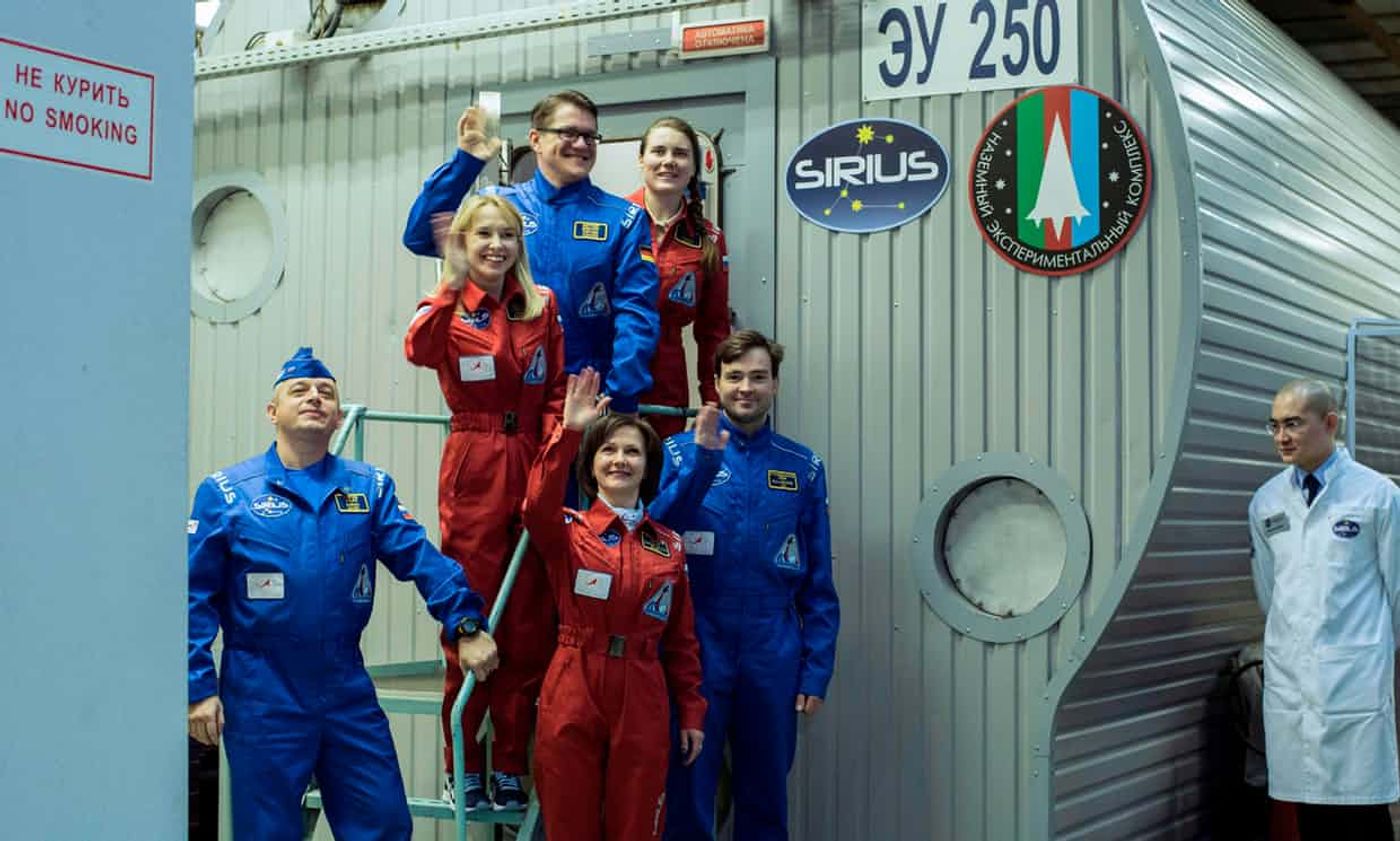Six People Get Locked Inside of an Artificial Spacecraft to Simulate Moon Missions
Russia is now studying how long-term space travel may impact human behavior and health. Six people, including three men and three women, have been locked away inside of an artificial spacecraft this week to simulate a long-term trip into outer space.
Image Credit: Andrei Kovalenko/AFP/Getty Images
Said mock spacecraft has an internal volume of around 8,800 cubic feet, so there’s a reasonable amount of room for the six individuals to conduct the isolation exercise.
If the idea sounds familiar, that’s because the United States conducts comparable tests to achieve a better understanding of how missions to Mars might impact a person’s mental, physical, and social behavior; especially when around the opposite sex, and for extended time periods.
Related: IKEA sends engineers to NASA's MDRS in Utah to develop more efficient flat-packing standards
The Moscow-based science experiment, which is better known as SIRIUS (Scientific International Research In a Unique terrestrial Station), will persist for 17 days. The duration is long enough to resemble a full trip to the Moon, including the flight there, an orbit around our natural satellite, and then a ride back down to Earth.
In future experiments, SIRIUS simulations could last much longer. Many of the goals are just like those in the crosshairs of U.S.-based operations, but one of the vital areas of interest is concluding what the best ratio of gender diversity would be for these long-term space missions.
More excitingly, this is the first time in Russian history where more than one female populated a space crew, but this will become more significant after an official space launch takes place in the years to come.
Aspirations are high, as project leader Oleg Orlov believes that Russia’s space agency could be ready to initiate these kinds of lunar launches by mid-2020.
These experiments will also provide meaningful information for when the United States and Russia finally begin working on the world's first joint lunar-orbiting space station project. After all, crew members will probably spend more time there than on the International Space Station.
It should be interesting to see what kinds of physical and psychological changes we can learn about from these test and whether we can find ways to make enduring these types of missions more comfortable on the crew members. Only time will tell.
Source: The Guardian









